Iinuma Crus
Domaine de la Romanée-Conti (DRC)
Romanée-Conti Grand Cru Pinot Noir 2016
The commune we have all been waiting for - Vosne Romanee. The first of 6 Grand Crus tasted blind. In 2 of the 3 previous tastings the first wine in this group has been the DRC RC and when I sampled the breathtaking quality of this wine I was thinking they have done it again. A couple of experts in the group felt the 2 DRC wines were at #1 and #4 This proved to be correct. My notes - Perfume of violets, pepper and Asian Spices. A perfect palate of both feminine charm and latent power ... unbelievable. The La Tache usually shows as more voluptuous in these tastings but not in 2016. I normally don’t have this much left in my glass after the wine has been identified so this was quite a luxury. Just wonderful. As Clive Coates MW said - the yardstick with which to judge all other Burgundies. It is easy to think with the 1000 year history, and the stone cross that there is something spiritual and other worldly about this wine. The consensus from all 12 tasters was that this was the best of the Vosne Romanee tasting and therefore of the whole 34 Grand Crus tasted. Only 440 dozen produced for the world. — 6 years ago
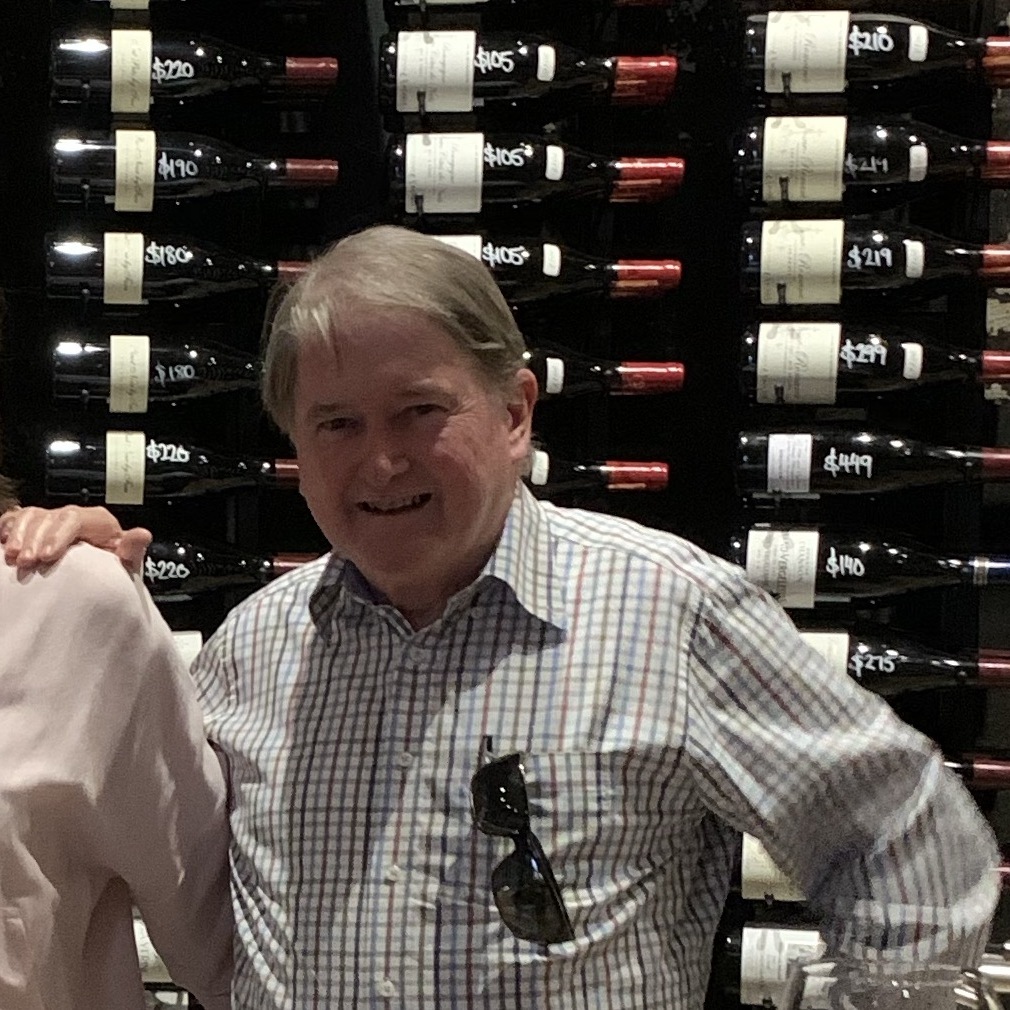
Château Giscours
Margaux Red Bordeaux Blend 2016
Drank 1/18/19 at the Union des Grands Crus de Bordeaux event in Miami. All wines from the 2016 Vintage.
Tasting pour, no formal notes taken. Most of these wines are very tight, and will require 5-15 years to really come together. Many will likely improve a few points with time.
One of the more structured of the Margaux wines tasted. Should come together nicely with some time. — 7 years ago

Château Gloria
Saint-Julien Red Bordeaux Blend 2011
One of the better-known Crus Bourgeois of the Medoc.
Had another ‘11 in cellar. Dark Ruby with aromas of black and blue fruits with tobacco spice. Palate displays blueberry and blackberry with cacao and earthy herbs. Smooth characteristics, well balance full body wine with velvet tannins. Not a satisfying wine. Prrfect now. Consistent wine! — 7 years ago
Château Brane-Cantenac
Grand Cru Classé en 1855 Margaux Red Bordeaux Blend 2005
I have a six-pack of this 05. I thought after 10 years in bottle, it would be interesting to check in on its evolution. While tasty, I’ll wait another 8-10 to open another. Even after 2-3 hours in the decanter, it’s still a very young adolescent. On the nose, slightly sour blackberries & dark cherries, dark currants, baked black plum, haunting blue fruits, anise, whiff of spice, steeped tea, dry stones, dry crushed rocks with dry top soil, caramel, vanilla with fresh & dry red florals. The body is thick & full. Tannins are starting to round out. It’s velvety on the palate. The fruits are; bright, fresh & ripe and really show the greatness of the 05 vintage. Dark currants, blackberries, dark cherries, baked black plum, haunting blue fruits, baked strawberries, cherries, raspberries on the long set, dark spice, clay & loamy dry top soil with crushed rocks, dry stones, cigar with ash, graphite, dry stems, slight herbaceous character, mint, used leather, clove, caramel, vanilla, fresh & dry red florals with violets. The round acidity is about perfect. The structure and length are still strong. The balance is in harmony. As for the long finish, it’s lush, ruby, rich and well polished. Photos of; Chateau Brane Cantenac, large wood vats, Henri Lurton and Estate vines. Producer notes and history...Chateau Brane Cantenac began in the early 17th century. At the time, the estate was known as Domaine Guilhem Hosten. Even that far back, wine was produced from the property. In fact, the wine was so highly regarded it was one of the more expensive wines in Bordeaux. It sold for almost as much money as Brane Mouton. This is interesting because of who went on to buy the vineyard in the 1800’s. The Baron of Brane, also known as “Napoleon of the Vineyards”, purchased the Chateau in 1833. At the time of the sale, the estate was called Chateau Gorce-Guy. To get the funds needed to purchase the Margaux vineyard, the Baron sold what is now called Mouton Rothschild, which was at the time of the sale, known as Chateau Brane-Mouton. Not such a good move with hundreds of years in hindsight! In 1838, the Baron renamed property taking his name and the name of the sector where the vineyards were located and called it Chateau Brane Cantenac. The Chateau later passed to the Roy family, who were well-known in the Margaux appellation in those days, as they owned Chateau d’issan. Moving ahead to 1920, the Societe des Grands Crus de France, a group of merchants and growers that owned several chateaux located in the Medoc including; Chateau Margaux, Chateau Giscours, and Chateau Lagrange in St. Julien, purchased Chateau Brane Cantenac. Five years later, M. Recapet and his son-in-law, François Lurton, took over Brane Cantenac along with Chateau Margaux. Lucien Lurton (the son of François Lurton) inherited Brane Cantenac in 1956. Today, the estate is still in the hands of the Lurton family. Brane Cantenac is owned and run by Henri Lurton. After being given the responsibility of managing Brane Cantenac, it was under the direction of Henri Lurton that large portions of the vineyard were replanted. Vine densities were increased, the drainage systems were improved and the plantings were also, slowly changed. The vineyard of Brane Cantenac is planted to 55% Cabernet Sauvignon, 40% Merlot, 4.5% Cabernet Franc and .5% Carmenere. Carmenere was used for the first time in the 2011 vintage. The only other Chateau I know that still uses Carmenere is Clerc Milon. The 75 hectare Left Bank vineyard of Brane Cantenac is essentially unchanged since it earned Second Growth status in the 1855 Classification. At least that is the case with the 45 hectares used to produce the Grand Vin of Brane Cantenac. Those 45 hectares are planted surrounding the Chateau. Those vines are located just in front of the Cantenac plateau and are the best terroir that Brane Cantenac owns. They have other parcels, which are further inland and much of those grapes are placed into their second wine, Le Baron de Brane. Those additional hectares can be divided into 3 main sections. Behind the Chateau, they have 15 hectares of vines on gravel and sand, 10 hectares across the road with sand, gravel and iron and a 13 hectare parcel with gravel called Notton, which is used for their second wine. The vineyard is planted to a vine density that ranges from 6,666 vines per hectare on the plateau and up to 8,000 vines per hectare for the vines located behind chateau, in their sandier soils. The higher levels of vine density are always found in the newer plantings. The terroir of Brane Cantenac consists of deep gravel, sand and clay soil. Experiments in the vineyards are currently looking at becoming more organic in their vineyard management. Today, more than 25% of Brane Cantenac is farmed using organic farming techniques. It is expected that over time, the amount of hectares farmed with organic methods will be increased. Brane Cantenac has gone through 2 relatively recent modernization’s in 1999, when they added began adding the first of their smaller vats to allow for parcel by parcel vinification and then again in 2015 when they completed a much more complete renovation of their cellars and vat rooms. While Brane Cantenac is a traditional producer, they are no stranger to technology as they were one of the first estates to embrace optical grape sorting machines. In very wet vintages, they can also use reverse osmosis. To produce the wine of Chateau Brane Cantenac, the wine is vinified in a combination of temperature controlled, traditional, 22 oak vats, 18 concrete tanks and 20 stainless steel vats that vary in size from 40 hectoliters all the way up to 200 hectoliters, which allows for parcel by parcel vinification. 40% of the fermentation takes place in the oak vats. The oldest vines are vinified in vats that are selected to allow for separate parcel by parcel vinification. The younger vines are vinified more often together in the same vats. However, the Carmenere is entirely micro-vinified, meaning that those grapes were completely vinified in barrel, using micro-vinification techniques. This can also happen because the amount of grapes produced is so small. Some vats can be co-inoculated, meaning they go through alcoholic fermentation and malolactic fermentation simultaneously. At Chateau Brane Cantenac, malolactic fermentation takes place in a combination of French oak tanks and barrels. The wine of Brane Cantenac is aged in an average of 60% new, French oak barrels for 18 months before bottling. The initial 2 months of aging is done with the wine on its lees, which adds more depth to the wine. There second wine is Le Baron de Brane. Le Baron de Brane is not new. In fact, previously, the second wine went under the name of Chateau Notton, which took its name from one of the main parcels where the grapes were planted. During the late 1950’s and into the 1960’s, having a second wine was important as the estate declassified 3 vintages, due to extremely poor, weather conditions in 1956, 1960 and 1963. Production of Chateau Brane Cantenac is about 11,000 cases per year. — 8 years ago
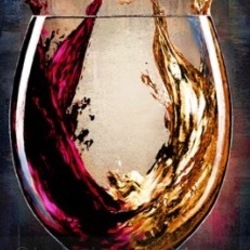
Bollinger
La Grande Année Brut Champagne Blend 2008
Bollinger's 2008 Grande Année is rich, ample and full-bodied, with all of the pedigree of the vintage on display. Dried pear, dried flowers, chamomile, red plum and mint develop as the 2008 shows the breadth and creaminess that are such signatures of the Bollinger house style. A whole range of brighter, more floral and chalky notes appear later, adding translucence and energy. The 2008 is 71% Pinot Noir and 29% Chardonnay taken across 18 crus, and it is the Pinot that very much informs the wine in both flavor and texture. More importantly, the 2008 is one of the best Grande Années I can remember tasting. Bollinger fans won't want to miss it. Disgorged November 2018. Dosage is 8 grams per liter. (Antonio Galloni, Vinous, July 2019) — 6 years ago
Chapelle-St-Arnoux
Cuvée Crus des Côtes du Rhône Crozes-Hermitage Syrah
Fruity and drinkable, not sweet. Pairs well with beef. — 6 years ago
Domaine Dujac
Clos Saint-Denis Grand Cru Pinot Noir 2015
Lovely fragrant perfume. The first of 6 Grand Crus from 2015 tasted blind from Morey-Saint-Denis and Chambolle-Musigny. We knew the identity of the 6 but not the order they were served. Medium bodied flavours and tannins. Grand Cru standard? My score perhaps could have been a little higher. — 7 years ago
Domaine William Fèvre
Vaulorent Chablis 1er Cru Chardonnay 2014
2014 - one of the better 1er crus — 8 years ago
Domaine Servin
Montée de Tonnerre Chablis 1er Cru Chardonnay 2017
Medium yellow. Meyer lemon, lemon curd, yellow delicious apple, underripe white peach, sea salt, yeasty, briny, stony minerality, and hints of cheese rind. Tart citrus and high tone minerality on the palate. Elevated acidity, 12.5% abv, medium+ finish. Importer’s notes: From the right side of the Serein River, situated right next to the Grand Cru Blanchot. A soft and elegant wine, the Montée de Tonnerre is situated in the same line as the Grand Crus. The notable white clay helps to develop intense fruit and floral aromas. The older vines add the depth and complexity in the mouth. Regarded by many as the best and most consistent Premier Cru in Chablis. Lime-clay soils with Kimmeridgian fossils. Fermentation and maturing in stainless steel tanks. — 5 years ago
Domaine Robert Arnoux / Arnoux-Lachaux
Echezeaux Grand Cru Pinot Noir 2016
The first of 5 Grand Crus from Chambolle Musigny Vougeot and Flagey Echezeaux. Spicy red fruits with some stemmy influence. Wood in evidence as well as tannin. High toned. GC quality. Very good. Needs time. — 6 years ago
Guy Breton
Vieilles Vignes Morgon Gamay 2017
Sourced from the Saint Joseph and Grand Crus subzones of the appellation, which give fine, stony wines. A high-lying sandy parcel gives more complexity, structure, and acidity to the wine. Medium Ruby with red fruit and floral aromas. On the palate flavors of red plum, cherry, banana and earthy mint. Vivid acidity, medium fine tannins, dry with a medium+ finish. Very good and some bottle age will benefit. Tasting Sample. — 6 years ago
Domaine Comte Georges de Vogüé
Les Amoureuses Chambolle-Musigny 1er Cru Pinot Noir 2015
Wine #4 from 6 Grand Crus from Morey Saint Denis & Chambolle Musigny. Delectable this is the Comte de Vogue Musigny. Closed Nose at this young age. Also showing restraint on the sweetish palate. Fine tannins. A very long way to go. Showing that little bit extra that defines Musigny. Too early to appreciate how good this will finally be. 95 points now but 98 or 99 in the future. — 7 years ago
10 Barrel Brewing Co
Crus Cucumber Sour
Refreshing, clean tasting — 7 years ago
Bouchard Père et Fils
Vigne de l'Enfant Jésus Grèves Beaune 1er Cru Pinot Noir 2011
Bouchard’s Baby Jésus, the flagship from Bouchard Père & Fils, despite being a house that produces Grand Crus from Montrachet, Bonnes Mares, Echézeaux and Clos Vougeot. It’s from a 3.9 hectare parcel of Beaune-Grèves, possibly the greatest Premier Cru in Beaune, that the Bouchard family bought in 1791 after the French Revolution brought the land from the church to the state. Opens with an extraordinary perfume that foreshadows the intensity and focus to follow. A beautiful and striking contrast of black and red fruit purity slides with ease across the smooth stone minerality. Secondary wildflower and black tea are just present enough to allow delicate tertiary notes of coffee, meat, and underbrush to linger around the lengthy finish. Nothing is concentrated or extracted and yet the intensity is hair-raising. Excellent. — 8 years ago


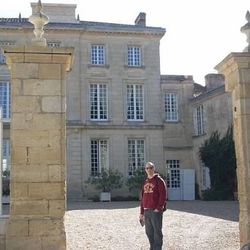
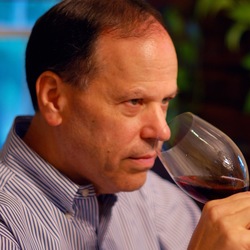


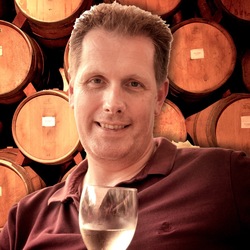

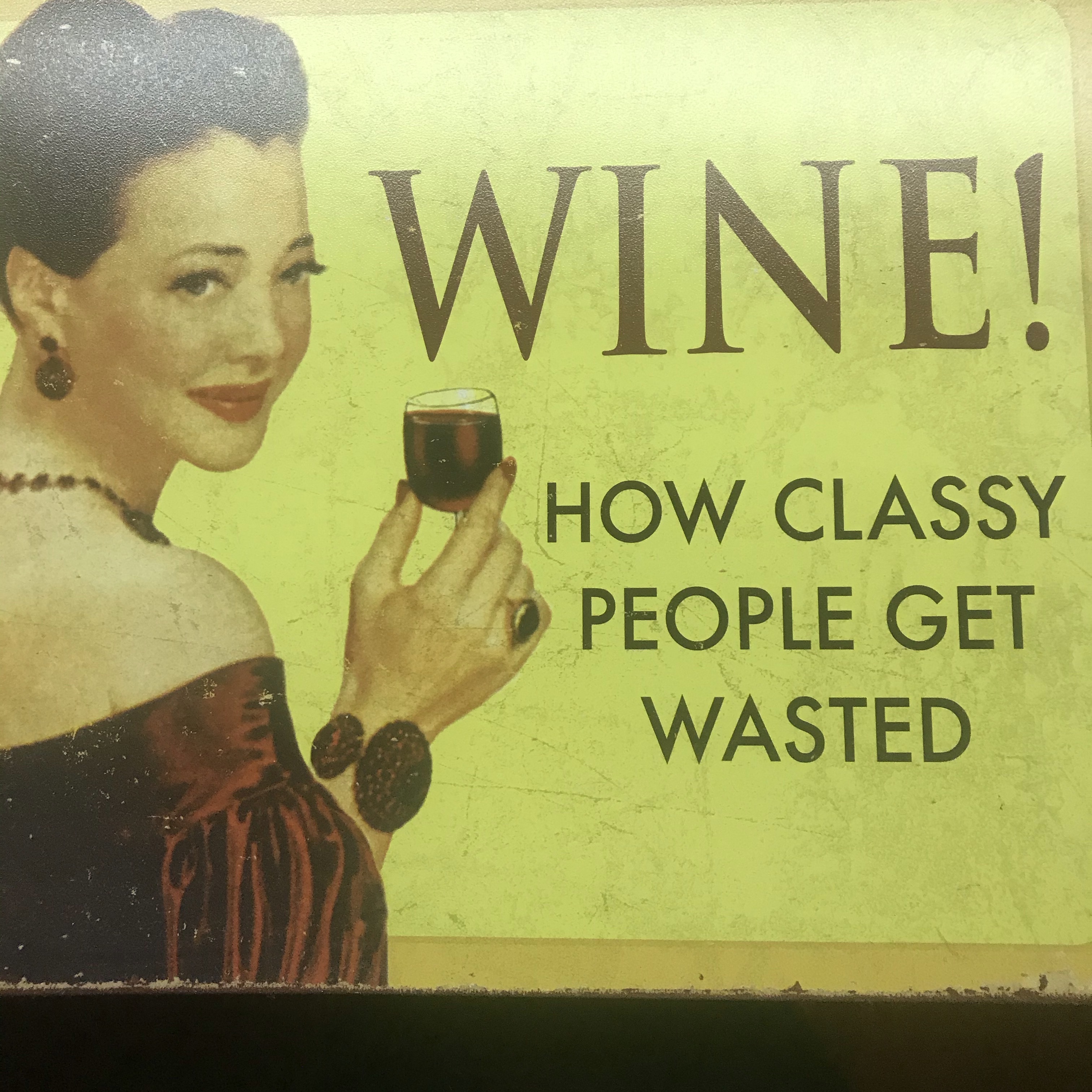
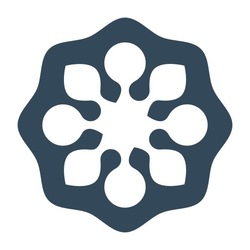




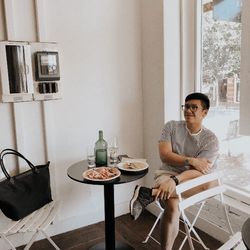

Stas Medvedev
🏅 Rating 91+/100 (4,15⭐)
Yellow color. Bigger volume, complex. Nuanced with secondary aromas, richer. Oak adds layers and nicely integrates with wine. Stone fruits, touch of almonds. Good balance between oak and steel maturation. Very Chablis with signature acidity and salinity. Balanced and charming.
Bougros lies at the very western end of the Grands Crus area, 130-170m on fairly deep marl and clay terrain with a SW exposure.
William Fèvre owns 6.2ha out of 12.6ha. Over 50% of the wine are matured in old French oak barrels for 6mo and then transferred in steel tanks. Total maturation takes about 15mo.
---
Instagram: @wine_talks_club — 5 years ago